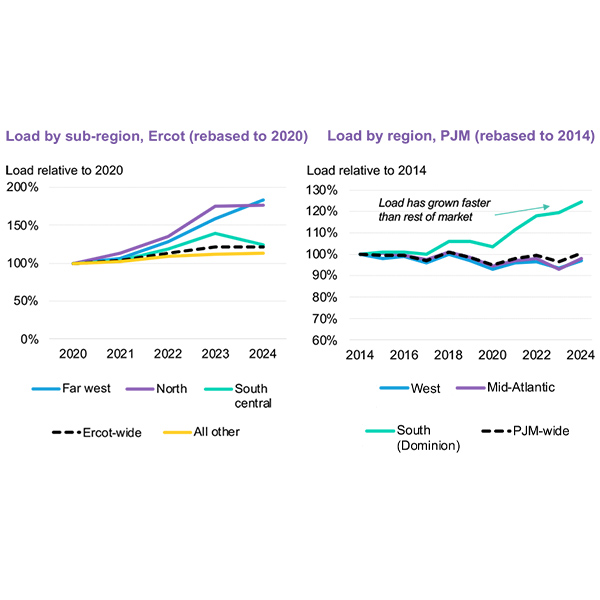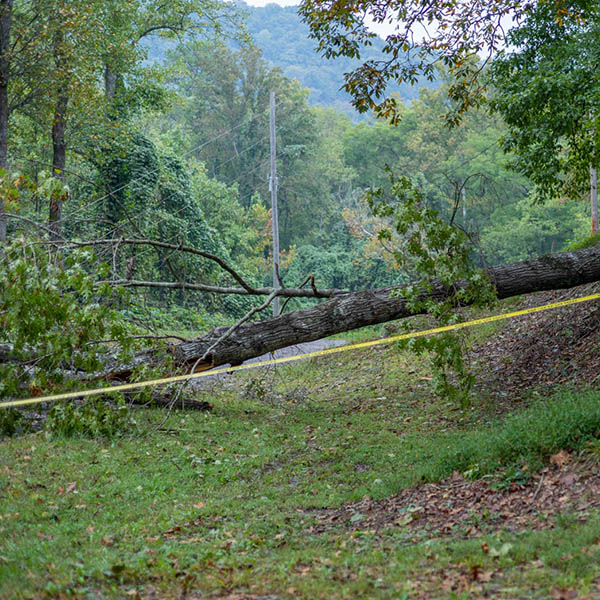Special Reports
The current debate in the U.S. electricity sector pitting efforts to increase renewables against the need for grid reliability in the face of growing demand could be unnecessary and counterproductive, according to one expert.
Christine Guhl-Sadovy, president of the New Jersey Board of Public Utilities, has a lot to do and little time to do it in.
RTO Insider LLC, which has been covering the U.S.’ wholesale power markets since 2013, has agreed to be acquired by Yes Energy, which provides data, tools and analysis on the same markets.
The 13th edition of the BCSE Factbook comes, as always, packed with charts, figures and industry insights, many of which stand in sharp contrast to President Donald Trump’s focus on fossil fuels and U.S. energy dominance.
PJM heads into 2025 with several proposals before FERC seeking to rework its capacity market and generator interconnection queue, while stakeholders work on an expedited Quadrennial Review of the market and changes to resource accreditation.
NYISO’s early 2025 will likely be dominated by the Reliability Needs Assessment process again, but the year will also bring other issues.
The direction FERC takes during President-elect Donald Trump’s second term is up in the air, but the commission may spend some of its time attempting to cut costs to consumers.
As they prepare to leave office, Biden administration officials remain confident that IRA funds already committed by DOE will be impossible to claw back by the incoming Trump administration.
Data centers’ voracious appetite for electricity could spike more than threefold over the next four years, rising from 4.4% of U.S. power demand in 2023 to as high as 12% in 2028, according to the Lawrence Berkeley National Laboratory.
While most customers have seen their power restored since Hurricane Helene hit, some of the hardest hit and most remote customers could wait weeks to get their lights back.
Want more? Advanced Search










